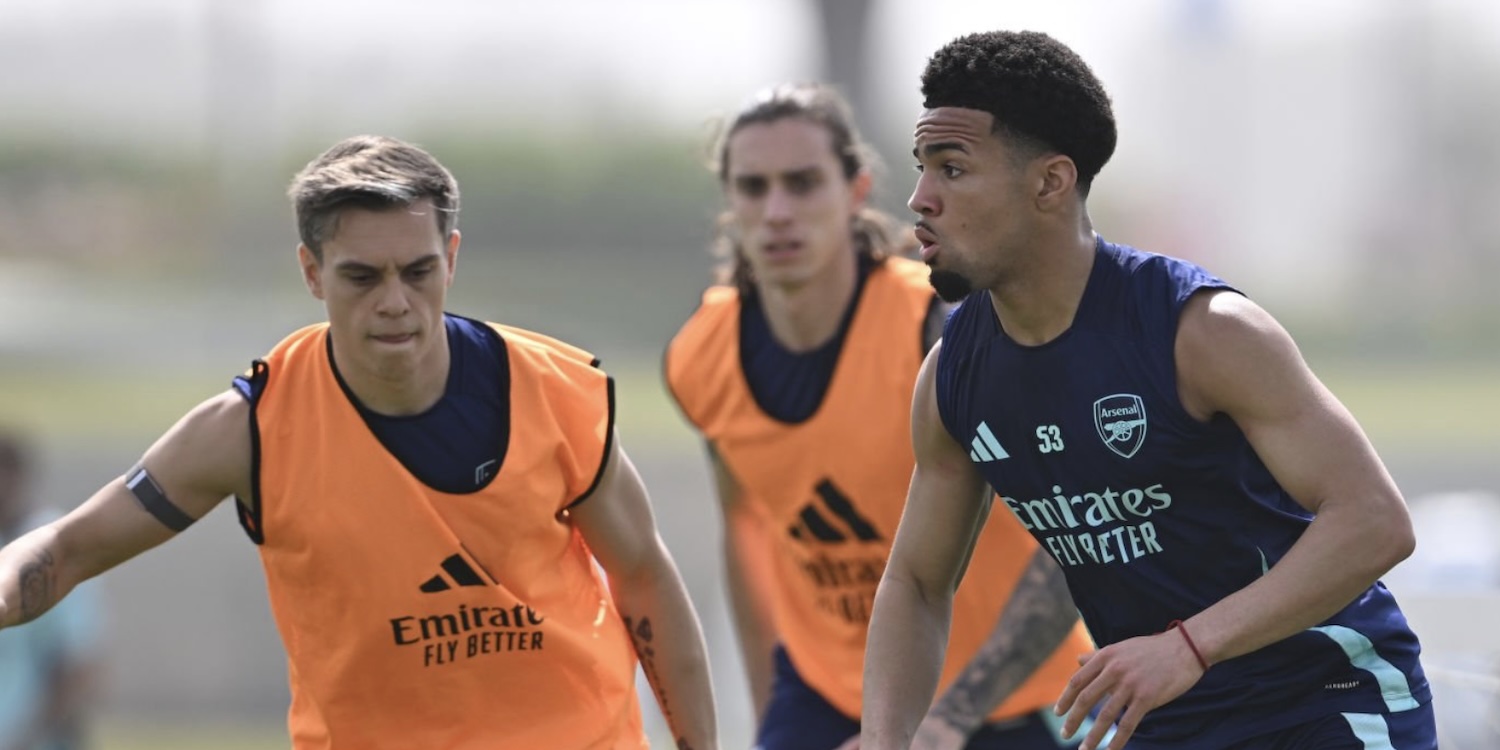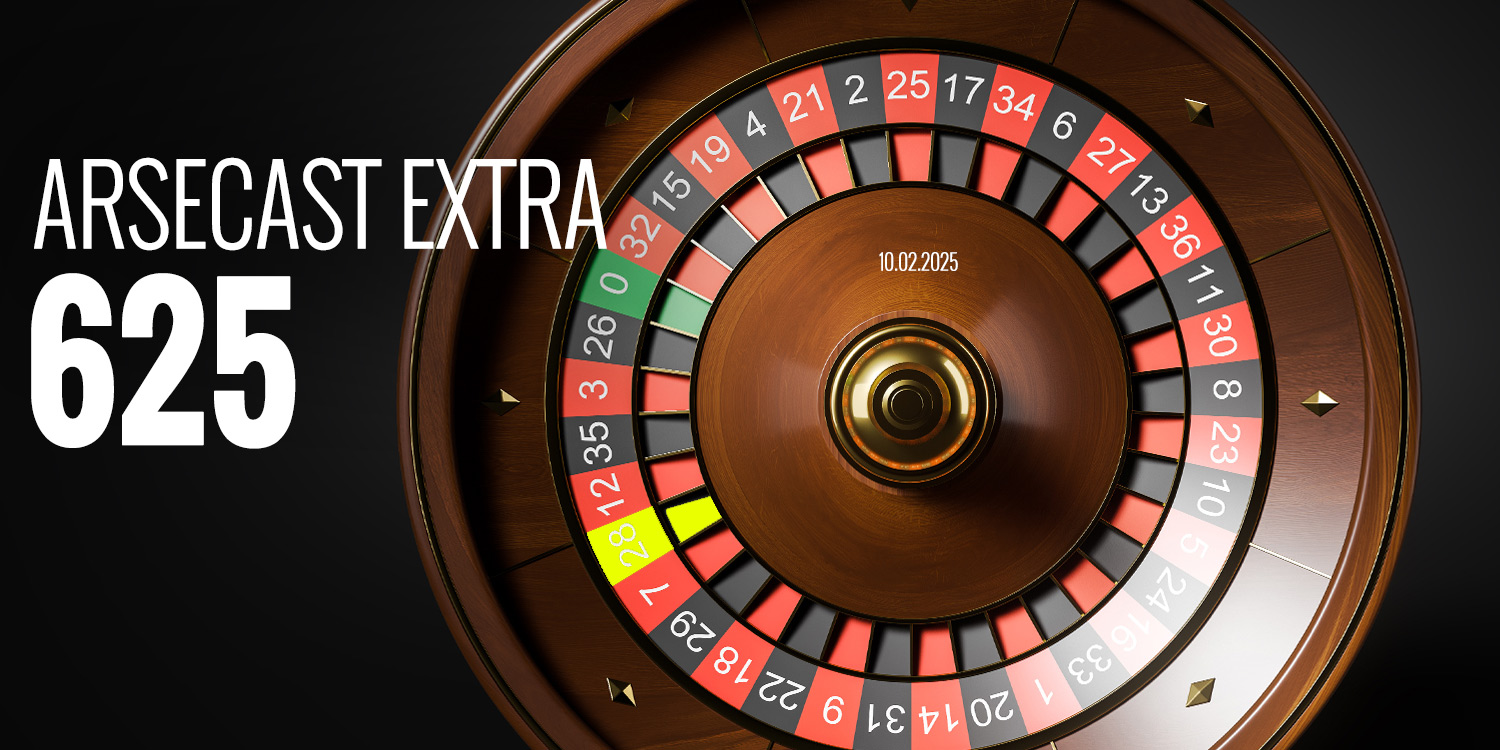ARTICLE AD

Even if Arsenal have improved immensely over the last 2-3 years, 2023 wasn’t really a vintage year for the Gunners. They played a lot of good football, far more than they would have played in most other calendar years going back a decade or more. However, at the tail end of last season, their rumbustuous style ran out of steam as teams began to figure out their approach.
Arsenal have gone for a more considered style since the summer which has had good points and bad points and, unarguably, the formula still needs some tweaking so that Arteta gets that balance between attack and defence right. I think there has possibly been an overcompensation for last season’s shortcomings- even if they did need addressing. Here are some lessons I think Arteta and Arsenal might have learned over the last year.
HORSES FOR COURSES
Arsenal’s emphasis on being stronger against opposition transitions was the correct approach, that was a significant issue from the second half of last season that needed addressing. I just wonder whether Arsenal need to adhere to it so much in every single game. The October home victory against Manchester City showed a team that had matured enough to take the jeopardy and the transitions out of an encounter against City.
In April at the Etihad, Guardiola’s team forced a jumpy Arsenal team into turnovers then ate them alive as they won the ball back centrally. The Community Shield game in August against City and the home match in October showed that Arteta and his staff had learned lessons from that game.
Likewise, at Anfield in December, Arsenal were able to restrict Liverpool to 0.9XG. In these games, shadow boxing and really concentrating on protecting your chin is necessary. Take on Klopp’s Liverpool in a knife fight and they will cut your throat. Arsenal were able to turn that December fixture into more of a chess match.
However, I don’t think they need do this against every opponent. Against defensive sides I think the team can take more risks with the ball, try the trickier passes and counter press well if they don’t immediately find their targets and cause greater stress to well organised defences.
In fairness, Arsenal did exactly this in their recent (though it doesn’t feel recent) home win against Brighton. I think the Liverpool cup game showed positive signs of Arteta being able to shuffle his deck in an attacking sense, moving to more of a 4222 shape to help Kiwior play a role that was more comfortable for him and to show a different attacking face.
Execution and low confidence in the final third were, to my mind, the prominent issues against Liverpool on Sunday. Saka, Martinelli, Jesus and Odegaard are all strong players in transitional moments and, in Declan Rice, Arsenal spent over £100m on one of the world’s finest ball winners.
I wouldn’t suggest that Arsenal can leave the back door open with reckless abandon; but I think they can turn up the risk dial a little in games against organised defensive blocks. It is difficult to do, Klopp and Liverpool have had their own struggles trying to add layers to their attack, with the signings of Keita, Shaqiri and Thiago intended to add different strings to their bow and the results were underwhelming in each case.
The use of Trossard as a false nine helped to unlock some stodgy attacking play for Arsenal last winter as they toiled against the likes of Brentford and Everton. Arteta adjusted then, giving Martinelli a freer role to move into the centre (see his goals against Everton at home and Fulham away last March). The willingness to use Havertz there against Liverpool suggests Arteta has realised the need for variety again.
BUY PLAYERS WHO ARE USED TO PLAYING
Gabriel Jesus and Oleksandr Zinchenko were transformational signings for Arsenal during the summer of 2022. However, their respective fitness records have been problematic over the last 12 months. Premier League strength and conditioning coaches talk about how each player has an individual ‘need’ in terms of loading.
The argument goes that when a player is used to playing three games a week, you keep them playing three games a week because that is what their bodies are acclimatised to. However, some players have different loading needs and some have come from clubs where they were used sparingly.
Zinchenko often had muscular injury issues at City. Jesus had a cleaner bill of health; but he was used to being a rotation player, much more in line with how Leandro Trossard is used by Arsenal. The jump from regular rotation at City to being asked to be a ‘270 minutes a week’ player at Arsenal has likely carried a physical toll.
Thomas Partey’s injury history is far more chequered at Arsenal than it was at Atletico Madrid. Yet across his five seasons in Madrid, he averaged 62 minutes per appearance. Atletico regularly substituted him and that simply has to be because they recognised his physical limitations.
Of course, you won’t get them all right. Takehiro Tomiyasu had a history of regular competition (albeit in Serie A) without too much of an injury history before arriving in North London. But the likes of Ben White, Gabriel, Declan Rice and Kai Havertz had strong histories of regular football over a number of seasons before arriving at Arsenal and, at time of writing, those players have proved very durable. Perhaps there is a lesson therein when Arteta and Edu draw up their transfer wish lists.
MOVE ON UNWANTED PLAYERS
Over the summer, I wrote a piece questioning the decision to retain Reiss Nelson and Emile Smith Rowe. In my concluding paragraph, I wrote, ‘Arsenal’s attack needs to be augmented to meet the challenges of next season, if internal options are the solution to that, excellent, but it has to be a decision built on strong foundations of trust.’
By now we can see that is not the case. The trust in Smith Rowe and Nelson has not increased whatsoever. We haven’t seen enough of either player for me to come to a firm conclusion that the decision to marginalise both players has been wrong, per se. What I do think is that both players ought to have been moved on for players the manager does trust.
In a world where Mudryk signs last January, Nelson probably leaves during the summer. Given he ran his contract right down to the last day, he will now be on a Bosman level salary which will make him difficult to shift, so I am not convinced that I buy the argument that Arsenal were protecting his transfer value.
I find the absolute insistence on keeping Smith Rowe last summer when it is clear he is not trusted by the manager utterly bizarre. I think it is clear by now that it is not Smith Rowe’s injury issues that are holding him back in Arteta’s estimation. Arsenal were also guilty of dithering on a bid from Wolves for Ainsley Maitland Niles in the summer of 2020, after which the player made very little contribution before drifting away on a free transfer.
Past sales of good but not great young players like Chamberlain, Iwobi, Willock and Martinez have been pretty much Arsenal’s only successes over the last five to six years when it comes to sales. Too often players have been clung onto, lost value and drifted away for a pittance or less.
Now Arsenal find themselves struggling to reinforce due (partially) to FFP concerns, a misfiring attack that rarely rotates and a couple of players the manager doesn’t want taking up squad roles that could be assumed by players he does want. Obviously, I cannot know exactly where the fault lines lie here but if it is Arteta who is unduly hesitant in moving players on, then Edu might need to take a harder line, something along the lines of ‘use them or lose them.’
Follow me on Twitter @Stillmanator
The post Lessons appeared first on Arseblog ... an Arsenal blog.

.png) 1 year ago
121
1 year ago
121 

